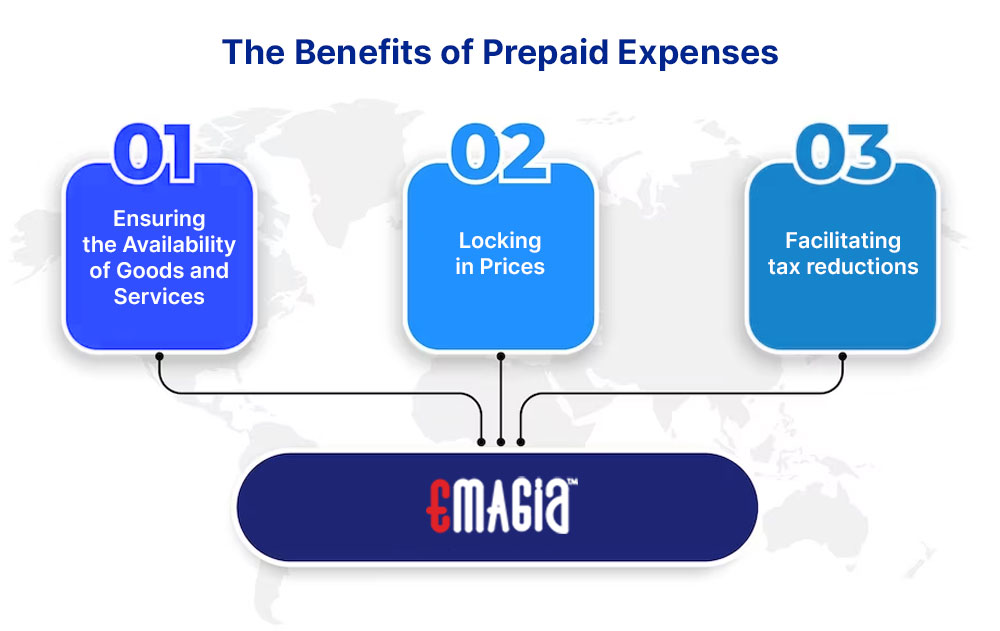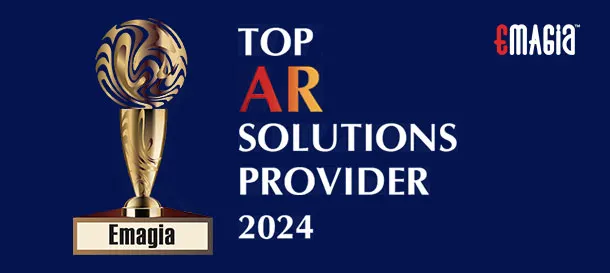Prepaid expenses are a fundamental concept in finance and accounting. These costs are classified as current assets and are reported on the balance sheet under the category where prepaid expenses appear in the section of the balance sheet. Their classification as assets signifies that they will offer future economic benefits to the organization.
Typical instances include upfront payments for insurance, rental agreements, or service retainers. Recording these costs is essential for accurate prepaid expenses accounting, helping both individuals and organizations with cash flow management and sound financial decisions.
What are Prepaid Expenses Definition in Accounting?
What is prepaid expense? They refer to payments made ahead of time for goods or services, where the benefit is expected to be received in the future. When companies pay ahead for products or services intended for future use, these payments are recorded as assets in the financial statements.
These costs are first listed as assets, and over time, they are systematically charged as expenses as their benefits are utilized. This process reflects the fundamentals of prepaid accounting and adheres to accrual-based reporting standards for prepaid expenses on balance sheet.
Why are Prepaid Expenses Assets?
Is a prepaid expense an asset? Absolutely. When a business pays ahead for goods or services—such as insurance or rent—it gains future economic benefits. As a result, prepaid expenses appear in the balance sheet under the assets section.
As the benefits are used over time, the asset value is reduced, and the corresponding cost is moved to the income statement. This process follows the typical principles of prepaid expenses accounting.
What are the Benefits of Prepaid Expenses?
Businesses often make prepayments to receive discounts or ease future payment obligations. These expenses may also offer tax advantages if managed per deduction regulations. Below are common benefits of prepaid expenses:
1. Guaranteeing Access to Goods and Services
Prepaying, such as for rent, guarantees service availability. This is an example of a prepaid expenses example that supports uninterrupted business operations.
2. Locking in Prices
In times of inflation, prepayments help businesses lock in favorable pricing, making it a strategic move in cost control.
3. Facilitating Tax Reductions
By spreading the cost of large prepayments across fiscal years, companies can optimize interest expense deductions and tax benefits.

How to Minimize the Impact of Rising Interest Rates. Read eBook
What is Prepaid Expense Amortization?
Prepaid expense amortization refers to systematically transferring the asset’s cost to an expense account as it is utilized. Prepaid rent or insurance is commonly reduced over time until fully expensed, in a process called the prepaid expense journal entry method.
This ensures that the income statement only reflects costs related to the current period, aligning with the matching principle in accounting.
How are Prepaid Expenses Recorded?
Prepaid expenses on balance sheet are listed under current assets. A standard prepaid expenses journal entry debits the prepaid asset and credits the cash account.
To debit prepaid means to recognize the asset at payment. When the benefit is realized, the entry is reversed—credit the prepaid account and debit the relevant expense. Wondering, is prepaid insurance a debit or credit? It is recorded as a debit initially, then credited over time as it becomes an expense.
Forecasting Prepaid Expenses in Financial Models
In financial models, prepaid expenses in balance sheet often align with operational categories like SG&A. If there’s no direct link, estimates can be driven by revenue projections.
Though often small, these costs affect company valuation and must be factored in properly. Businesses use a prepaid report or include them in “other current assets.”
Achieving Digital World Class Performance in Accounts Receivable (AR) with AI. Read eBook
Effect of Prepaid Expenses on Financial Statements
Initial prepaid accounting entries affect only the asset side—typically, prepaid and cash accounts. The income statement reflects the cost only when it is actually incurred. This method highlights how prepaid expenses are assets and how they transition into expenses gradually.
Where Do Prepaid Expenses Appear in the Balance Sheet?
They are found in the “current assets” portion, listed under a line called “prepaid expenses.” As prepaid insurance asset or liability classifications go, it is treated as an asset.
These represent prepaid accounting practices aimed at reflecting future benefits, which are later amortized in alignment with business activity.
Examples of Prepaid Expenses
Rent paid upfront or legal retainers are common prepaid expenses examples. The business recognizes these under prepaid exp and makes periodic adjustments.
In platforms like Vista Accounts Payable, prepaid modules help automate these processes, ensuring accuracy across fiscal cycles.
Are Prepaid Expenses Debits or Credits?
They are first recorded as debits to asset accounts. The typical prepaid expenses debit or credit approach varies by timing: debit when the payment is made, credit as the asset is expensed. For example, prepaid insurance debit or credit begins as a debit and is credited gradually into an insurance expense account.
Conclusion:
What type of account is prepaid expense? It is an asset. Are prepaid expenses current assets? Yes, because they’re used up within one fiscal year.
Prepaid expense handling is critical in financial planning and analysis. Companies need to consistently monitor them through proper prepaid accounting and structured amortization entries. Even though they may seem minor, these costs significantly impact cash flow and financial statement accuracy.
FAQs
Where are Prepaid Expenses Located on The Balance Sheet?
They are under current assets.
What Accounts Do not Appear on The Balance Sheet?
Intangible assets, depreciation, amortization.
What Accounts are on a Balance Sheet?
Cash, accounts receivable (AR), fixed assets, prepaid expenses.
What is the Golden Rule of Accounting?
“Debit the receiver and credit the giver.”
Are Liabilities an Expense?
No, liabilities are obligations; expenses are costs incurred during operations.





